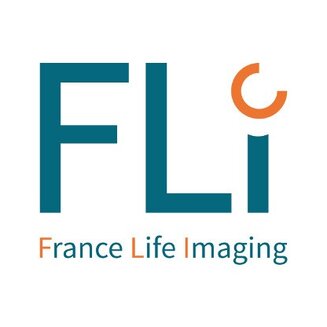Photomodulable probes
This research focus aims to develop fluorescent probes capable of modulating their fluorescence properties under light irradiation. We have established a new mechanism called directed photo-oxidation, enabling the development of such probes. Among them, photoconvertible probes change their emission color upon irradiation, whereas photoactivatable probes activate their fluorescence emission. Our probes from the BrightSwitch® family can be functionalized and thus target different organelles or cellular environments. These photoswitching properties also allow their use in super-resolution microscopy based on single-molecule localization microscopy (SMLM).
Aim:
Our aim now is to control the directed photo-oxidation mechanism through its application to other fluorescent systems and through a deeper understanding of the different steps involved.

![<strong>[Translate to English:] © Mayeul Collot</strong> [Translate to English:] Image de sondes photomodulables](/websites/pharmacie/UMR7199/CSP/Images/Projet_0.jpg)
![[Translate to English:] Sondes photomodulables](/websites/_processed_/c/a/csm_Projet_1_01_5debd20eaf.jpg)
![[Translate to English:] sondes photomodulables](/websites/_processed_/c/1/csm_Projet_2_756b19b207.png)
![[Translate to English:] Sonde fluorescente](/websites/_processed_/d/8/csm_Sonde_fluo_1_f9dd1dd4b4.png)
![[Translate to English:] sonde fluorescente](/websites/_processed_/3/7/csm_Sonde_fluo_2_40b778d46c.png)
![[Translate to English:] Sonde fluorée](/websites/_processed_/1/a/csm_Sonde_fluo_3_e8a1c12377.png)
![[Translate to English:] sonde nanostructurée](/websites/pharmacie/UMR7199/CSP/Images/Nano-1.png)
![[Translate to English:] Nanoparticule structurée](/websites/pharmacie/UMR7199/CSP/Images/Nano-2.jpg)
![[Translate to English:] Nanoparticules fluorescentes](/websites/pharmacie/UMR7199/CSP/Images/Nano-3.jpg)



